10 Benefits of Sun Gazing You Need to Know About

Have you considered learning how to sun gaze? History has proven unbelievable sun gazing benefits on your mind, body, and spirit. Telling the world, “The sun will blind you,” is the biggest lie, amongst so many other things we’ve been told.
Sun gazing is a powerful, ancient technique with tremendous benefits when performed safely. I first learned about sun gazing back in 2018 and have made it part of my daily routine in my life ever since.
This practice is in our DNA. Our ancestors knew that gazing directly at the sun during sunrise and sunset has an incredibly beneficial impact on one’s health. In this article I outline the top 10 benefits of sun gazing and how to practice this ritual safely.
What is sun gazing?
Sungazing is a practice that has been around for thousands of years, and it involves looking directly at the sun during certain times of day. The idea behind sungazing is that the sun provides many health benefits to the human body and mind. Some proponents of sun gazing believe that it can help with various ailments, including depression, stress, insomnia, and even cancer.
The history behind sun gazing
The history of sungazing dates back to ancient civilizations such as the Egyptians and Greeks, who believed in the healing power of sunlight. They used heliotherapy or exposure to sunlight to treat various illnesses like tuberculosis and other respiratory diseases. Similarly, during the 18th century, doctors would recommend patients with tuberculosis spend time outside in sunny areas as part of their treatment plan.
Vitamin D is responsible for immune system functions and multiple studies have found an association between tuberculosis immunity and high vitamin D levels.”
Sanatoria revisited: sunlight and health – PubMed (nih.gov)

In India’s ancient culture, sun worship was common practice among many religions dating back over 2,000 years ago. It was believed that looking at the sun could improve eyesight and promote overall wellness.
During more modern times in Germany in 1903 Maximilian Bircher-Benner introduced heliotherapy into his sanatoriums as an effective treatment for various mental disorders.
However, scientific investigation into sungazing only began after Hira Ratan Manek from India came forward claiming he had not eaten food since June 18th, 1995, surviving solely on water and solar energy obtained from staring at the sun. This claim attracted worldwide attention prompting several studies to investigate its validity. Although these studies were inconclusive, they suggested there may be some merit to this practice if done under strict guidelines.
Nowadays Sungazers follow specific protocols created by HRM which include gazing only during specific hours just after sunrise or just before sunset when UV rays are less intense while gradually increasing duration daily by a few seconds up to a maximum recommended thirty minutes per day.
What is the purpose of sungazing?
According to Ayurveda, the practice of sun gazing has vast benefits. The theory is that the sun is the force of all life, and staring at it can infuse the body with large amounts of energy. This straightforward yet effective method is based on solar energy, which enables us to harmonize and recharge the body with life energy and also invoke the unlimited powers of the mind very easily.
Despite all this controversy surrounding sun gazing it still remains popular among spiritual communities worldwide due its purported ability linked to improving mental clarity promoting relaxation combating anxiety amongst other things.
Nikolai Dolgoruky of Ukraine calls himself a ‘sun-eater’. He has been practicing sun gazing for the past 12 years and has largely subsisted off solar energy since he began. Others have reported losing the need for food after only 9 months of sun gazing (by which time the practitioner has worked up to a maximum of 44 minutes).
NASA Confirms -Super Human Abilities Gained – Guardian Liberty Voice (guardianlv.com)
How to sun gaze safely
Sungazing is the most important thing, walking in dirt or sand is what you can add, but it is not as important as sungazing alone! Here are some tips on how to safely practice sun gazing.
How long should you sun gaze?
You want to transition slowly when you are just starting out. Start by looking at the sun for 5-10 seconds and work your way up by another 5-10 seconds each day. Continue slowly building up to 30 minutes. You want to build up your exposure.
I recommend following these steps:
- Remove your glasses or contacts.
- Find a patch of grass, dirt or natural body of water and put your bare feet in it. Solar rays are full of energy and information. Standing with your feet on the earth or submerges in natural bodies of water is like a surge protector for the body.
- Start at the ideal times. 30 minutes before the sunrise or the last 30 minutes of sunset.
- Carefully look into the sun. For your first time, if you can’t tolerate looking directly, you can look off to the side or even close your eyes (you will still get the benefits with your eyes closed). Start with 5-10 seconds.
- In the following days, slowly add 5-10 seconds to your session. Eventually you will work your way to 30 minutes a session.
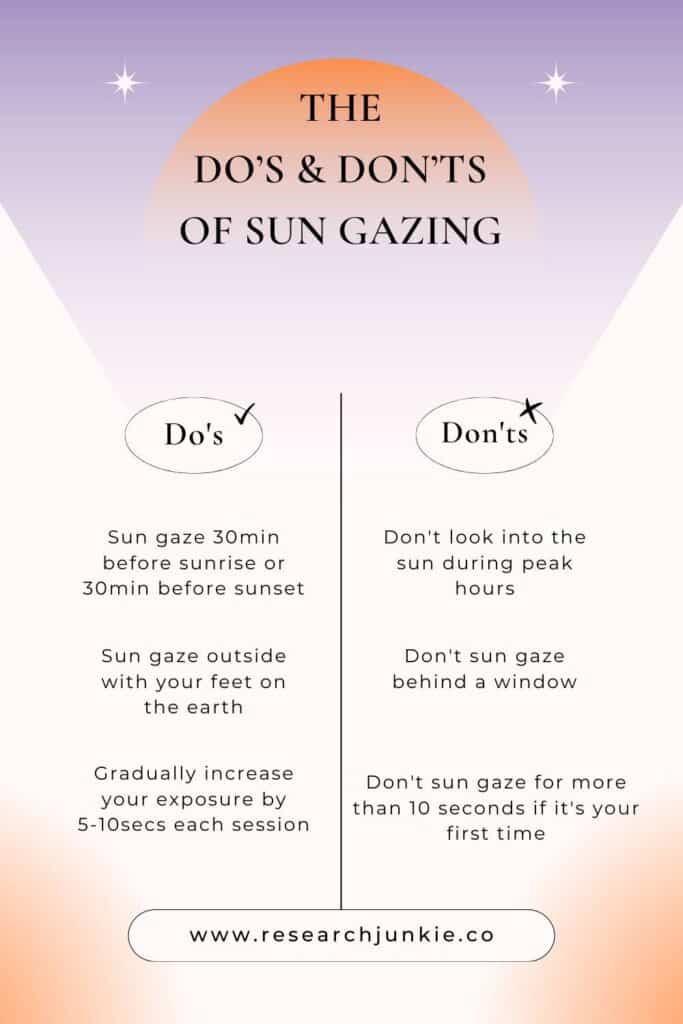
What are the best times to sun gaze?
You want to avoid looking at the sun when the UV index is 1 or more. The exact times are location specific. The ideal time to sun gaze is 30 minutes before the sunrise and the last 30 minutes of sunset. Timing is very important. You do not want to sun gaze directly into the sun when the UV rays are at its peak. This can cause damage. However, during the day it is still HIGHLY recommended you get intervals of the sun on your skin. I have a complete guide on how to safely introduce your skin to the sun without burning.
A quick note to all potential or beginner sun gazers, please note that you do not need to see the sun to still gain benefit from energy received while gazing at it. Cloudy days don’t matter one bit. If you’ve been doing this practice for even a short time, you’ll know approximately where the sun is in the sky and at approximately what time, even when its behind the clouds.
How much sun do your eyes actually need?
The answer is about 10-15 minutes of direct sunlight per day. This allows the eyes to absorb enough vitamin D from the sun, which is essential for maintaining overall health. As I stated above, you want to slowly progress to this exposure.
Can I sun gaze through a window?
You can’t get adequate UVB exposure sitting indoors or in a car. Virtually all commercial and automobile glass blocks UVB rays. As a result, you will not be able to increase your vitamin D levels or reap the benefits of sun gazing by sitting in front of a sunny window,
10 Benefits of Sun Gazing You Need to Know About
1. Glowing Skin
Infrared red light naturally produces collagen production. This is one reason why red light therapy is becoming so popular. The idea that the sun causes cancer is another myth that we have been spoon fed. I debunk a good portion of that here.
2. Improved circulation
Sun gazing promotes physical relaxation by calming the nervous system. It enhances blood circulation throughout your body and oxygenates your cells.
3. Stimulates the pineal gland
Research shows sun gazing stimulates the pineal gland as the direct sunlight hits the eyes, moves through retinal-hypothalamic tract, and then hits the brain.
Scientists at the University of Pennsylvania observed sun yogi Hira Ratan Manek (HRM) for 130 days in 2002. They found that his pineal exhibited growth and reactivation.
Sun gazing is one way to decalcify your pineal gland. It’s important to detox your pineal gland to experience all of its benefits.
4. Boosts production of melatonin
Melatonin is much more than a hormone that will induce sleepiness. It certainly plays an essential role with the timing of your circadian rhythm and sleep. However, it plays many important roles in the body beyond sleep. It slows down aging and it is the most potent antioxidant in nature.
In short, you need the right melatonin levels in your body to sleep and achieve optimal health! The best way to optimize your natural melatonin productions is to sun gaze into the morning sunlight, expose your eyes to enough UVA, and block all artificial light at night.
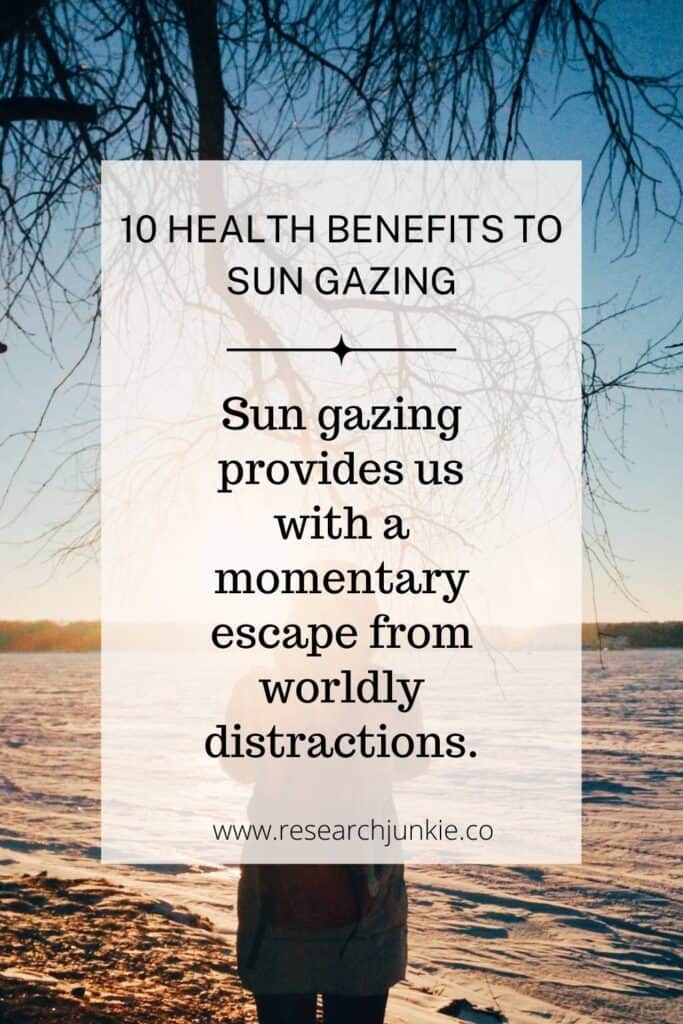
5. Reduces hunger pain (weight loss):
Your body can be completely nourished by the sun. Hira Ratan Manek from India came forward claiming he had not eaten food since June 18th 1995 surviving solely on water and solar energy obtained from staring at the sun.
Sunlight stimulates vitamin D production in our bodies. Vitamin D plays a crucial role in regulating hormones that control appetite and metabolism. Studies have shown that individuals who have low levels of vitamin D tend to have a higher body mass index (BMI) and increased risk of obesity. I feel full of energy all day and eat less when I sun gaze.
6. Improves energy by reducing fatigue
Even when it’s cloudy, early morning sunlight tells our brain that it’s daytime. It starts our metabolism and activates the production of hormones and neurotransmitters to elevate our mood and energy levels. Infrared and ultraviolet light from sunlight helps our mitochondria to produce more energy.
7. Boosts immune function
UVB helps you create vitamin D which is not the same as taking a supplement. Vitamin D activates your T cells which are an important part of your immune response.
UVA boosts your nitric oxide production, which has antimicrobial effects. UV light has been shown to deactivate viruses! During the Spanish flu pandemic, patients were brought outside to be exposed to sunlight so they could get all those benefits and recover faster.
8. Ultimate mood booster
Exposure to sunlight triggers the production of vitamin D in our bodies. Vitamin D plays a crucial role in regulating mood and reducing symptoms associated with depression and anxiety. By getting more sunlight through sun gazing, we can increase our vitamin D levels naturally without relying on supplements.
9. Repairs DNA and RNA
When we gaze at the sun during sunrise or sunset, we expose ourselves to a particular type of UV radiation called UVA and UVB rays. These rays stimulate our pineal gland, which produces melatonin – a hormone responsible for regulating sleep-wake cycles.
Melatonin plays an essential role in repairing DNA damage caused by free radicals – unstable molecules that can harm our cells’ genetic material over time. Melatonin also helps boost immune function and reduce inflammation in the body.
Moreover, scientists have found evidence suggesting that exposure to sunlight can activate specific genes responsible for repairing damaged DNA strands within our cells. This process is called photoreactivation or photo repairing.
10. Improved quality of sleep
Sun gazing also helps reduce stress and anxiety levels, which are known to affect sleep quality negatively. Exposure to sunlight triggers the release of serotonin in the brain, a neurotransmitter responsible for regulating mood and reducing stress levels.
Lack of sun and UV light can negatively affect your health
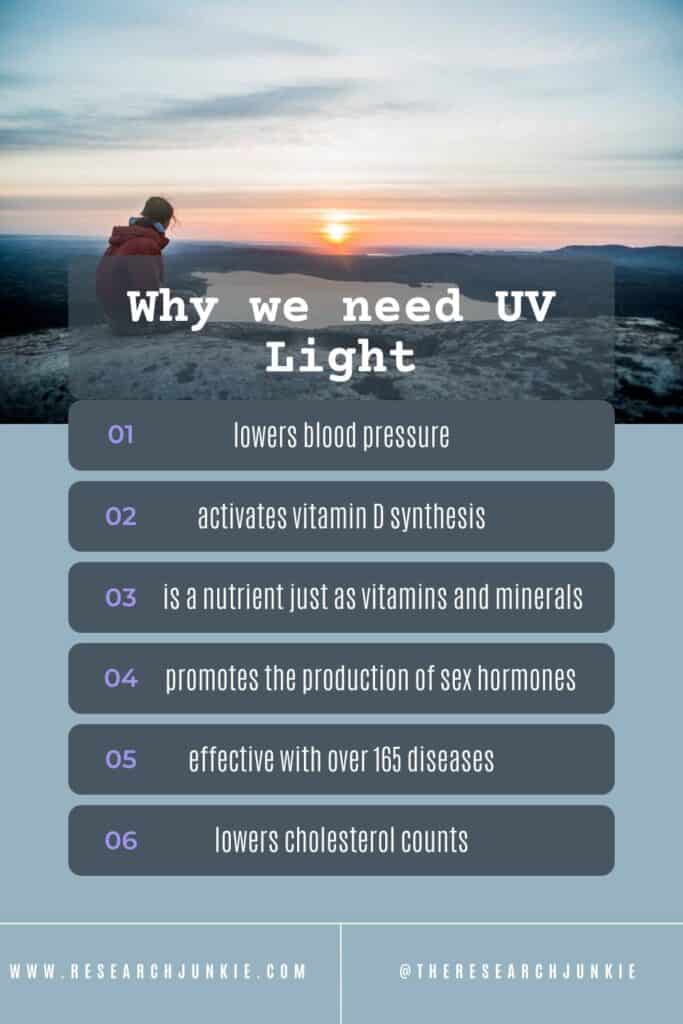
Just like different foods we consume have different nutritional values, different frequencies of light entering our eyes have uniquely healing and harmonizing effects.
Also, just like we need different types of foods to get a full spectrum of vitamins and minerals that our bodies need to function optimally, we also need full spectrum sunlight, UV light included, to get the full nourishing health effects.
Many people wearing sunglasses, contact lenses, and prescription glasses have buried UV light from their life. If you are one of them, you are missing out on the POWERFUL effects of UV health.
According to research, a lack of sunlight and UV light is as bad as smoking for your health!
The results are surprising. They concluded that women with sun exposure habits had a lower risk of cardiovascular disease and non-cancer death than those who avoided the sun.
Lack of sun can negatively affect:
- Cardiovascular health
- Ability to cope with stress
- Ability to think clearly
- Digestion and food absorption
- Sex hormones
- Mood and energy levels
- Immune system and longevity
- Skin health
Implementing the knowledge that you have learned in this article will elevate your energy and sleep to new heights that you have never experienced before!
Can sun gazing damage your eyes?
Yes, staring into the sun can cause harmful damage because of the UV rays. That’s why there are only certain hours of the day where you can practice safe sun gazing like I mentioned above. Sun gazing in the middle of the day can cause retinal damage.
With proper method and practice, you can enjoy sun gazing without worrying about damaging your vision.
Conclusion
Our ancestors used the sun for physical and spiritual benefits for thousands of years. Now in the last 100 years, “they,” these scientists are warning us to stay out of the sun or wear sunglasses. They fear a consciously awake society and will do everything to prevent you from reaching your true power.
Sun gazing provides us with a momentary escape from worldly distractions. When we take time out of our busy lives to simply sit outside and observe nature around us while soaking up some sunshine – it allows us to experience a sense of peace and tranquility that we may not otherwise get throughout our day-to-day routines.
Have you tried sun gazing yet?! Let me know your thoughts below 🙂
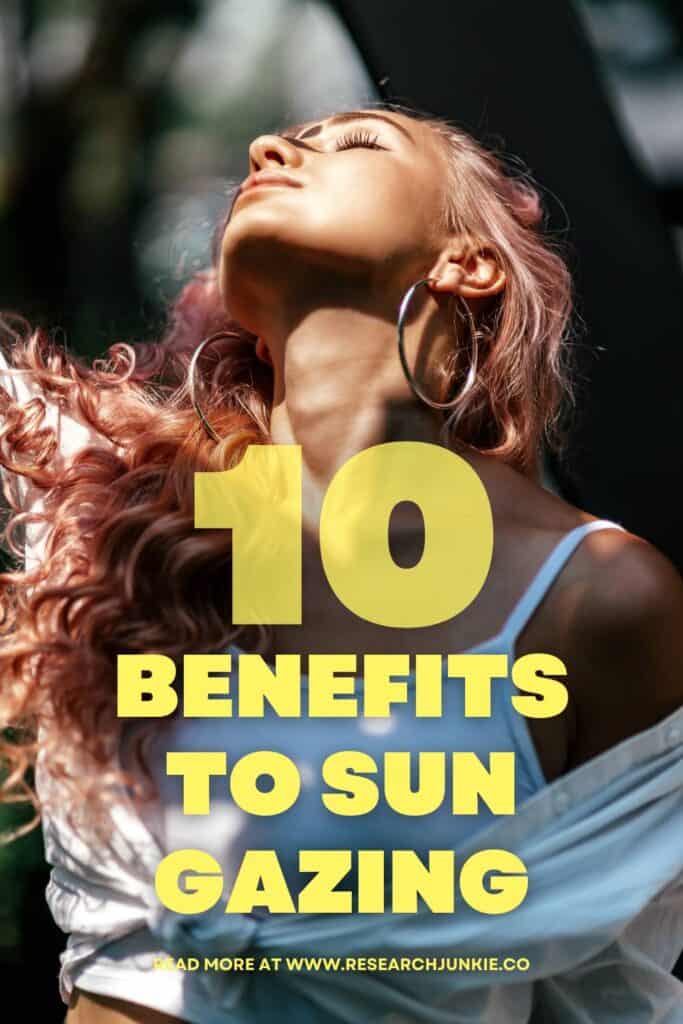
Disclaimer: I am not a doctor or medical professional, and this post should not be taken as medical advice. Please do your own research. Material on this blog is provided for informational purposes only. It is general information that may not apply to you as an individual and is not a substitute for your own doctor’s medical care or advice.

GET A JUMPSTART ON YOUR OVERALL WELLNESS
My evolution and absorption of information over the years has led me to this place. My intention is to encourage nourishment in every sense of the world to all those that cross my path. I want to leave every person better than when they arrived. I know part of my mission here is to simply help others.
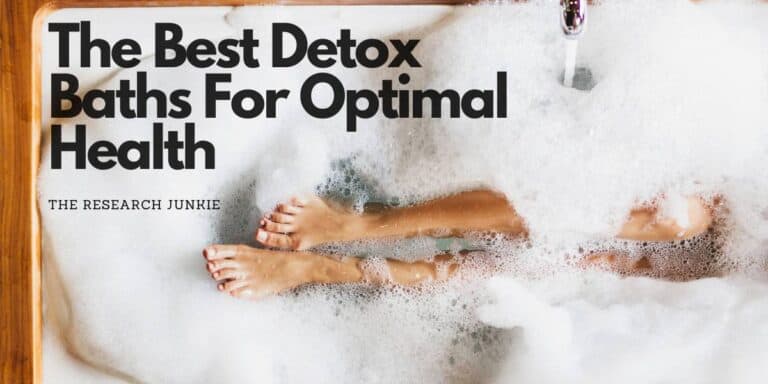


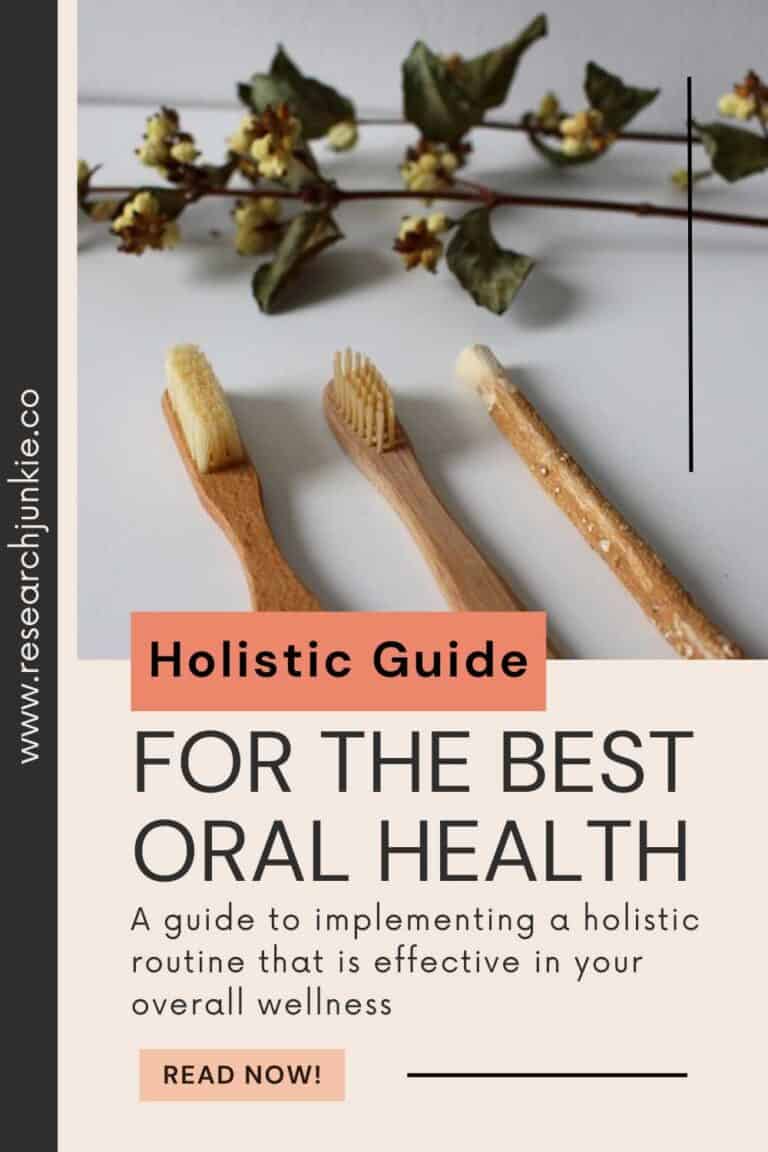
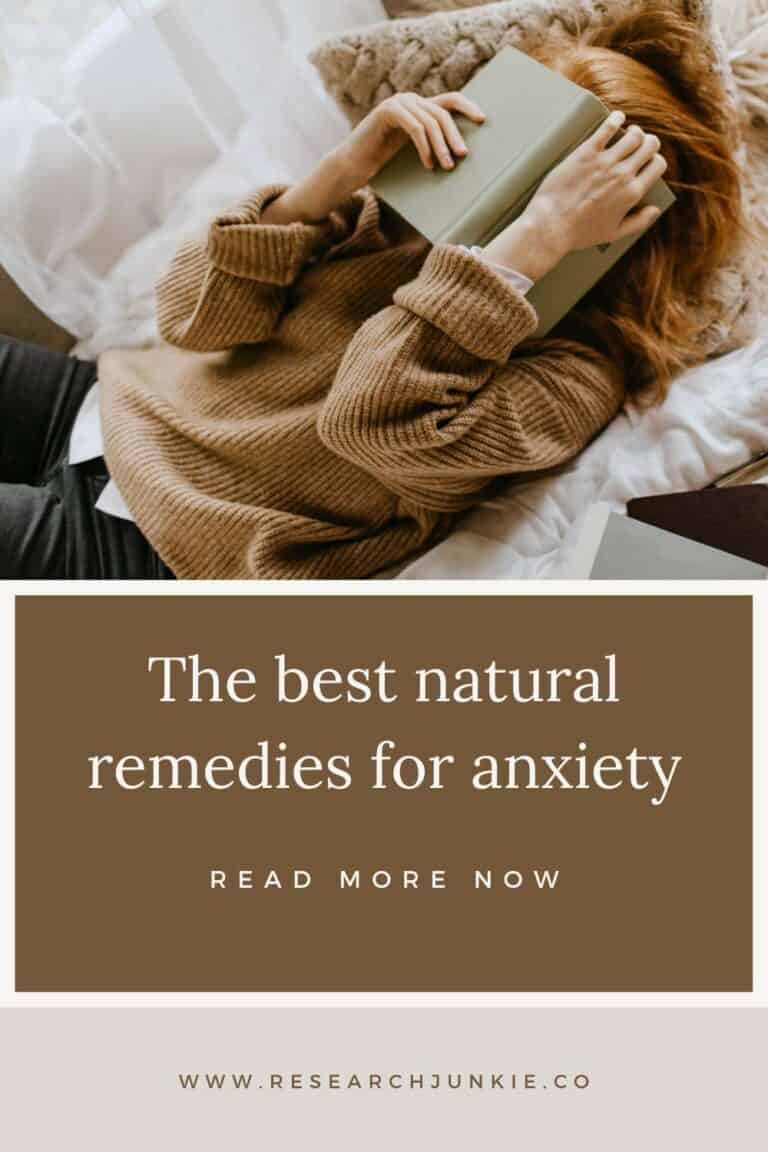

Interesting article! Good reminders about vit d! Thanks!
I knew your body needed sun but I’ve never heard to sun gazing! This is so interesting!